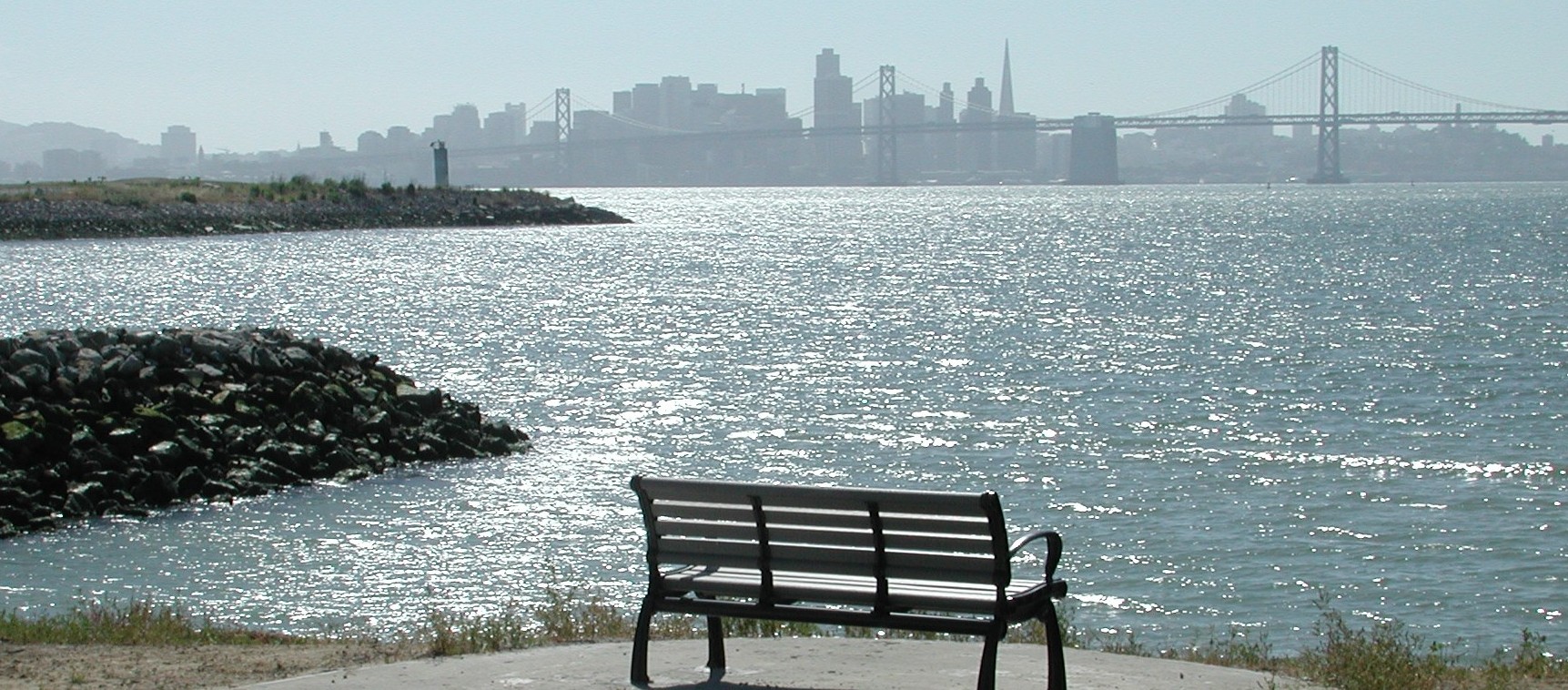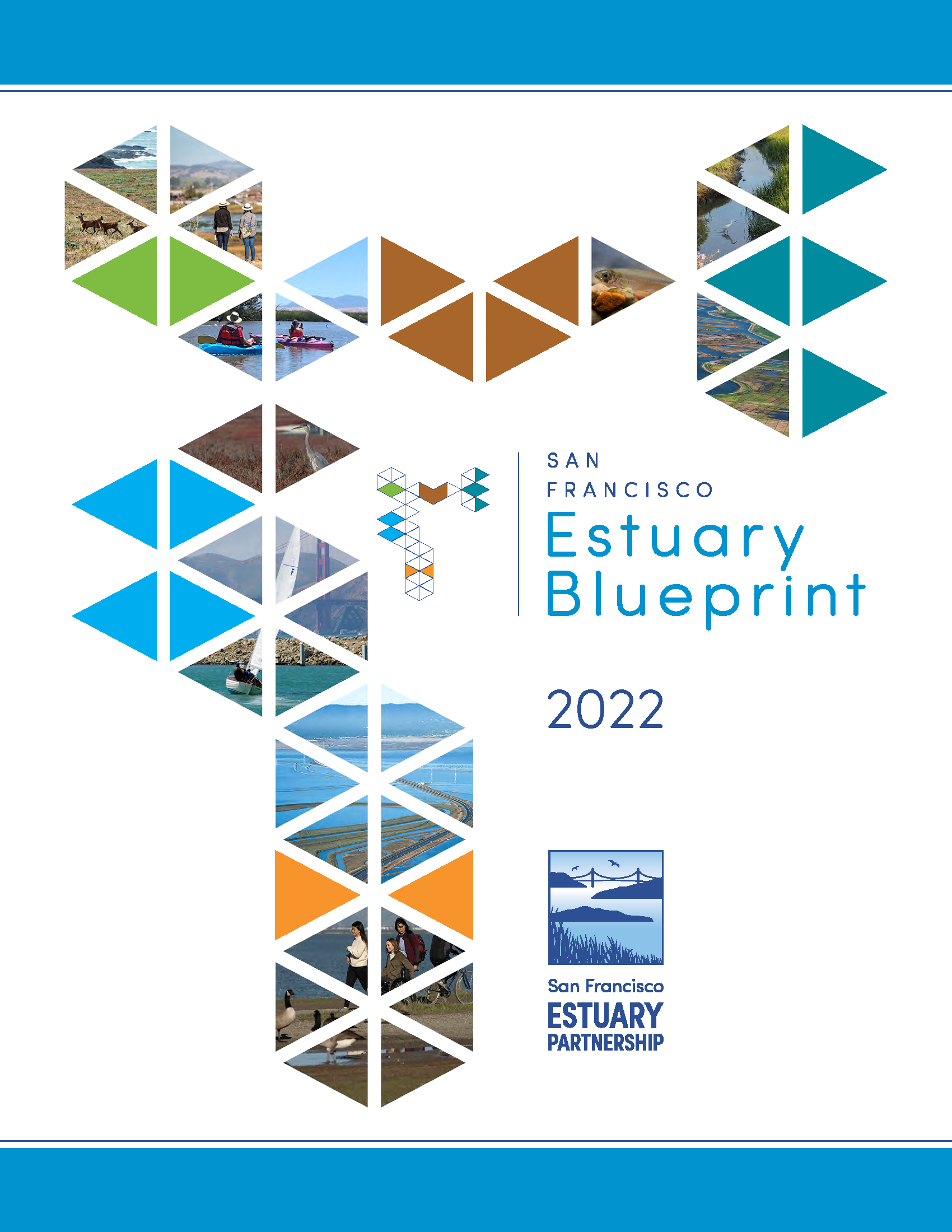Our Communities

Indigenous Peoples’ Acknowledgement
We wish to honor the Native People who have stewarded the lands and waters of the San Francisco Estuary since time immemorial. We acknowledge that the San Francisco Estuary Partnership’s planning area includes the ancestral territory of the Karkin, Chochenyo, Tamien, and Ramaytush-speaking peoples; and the Miwok, Wappo, Patwin, Nisenan, Yokuts, and Wintun peoples. We recognize that through a violent history of colonization and dispossession, today, as guests, we benefit from living and working on the traditional homeland of these Native People. We wish to show our respect to them, their elders and relatives, and their ancestors by acknowledging the injustices inherent to this history and by affirming their sovereign rights and their current efforts to achieve restorative justice.
Consistent with our values of community, inclusion, and diversity it is vitally important that we recognize that the land on which we reside is unceded Tribal territory, and also acknowledge and support the Native Peoples that continue to form a crucial part of our San Francisco Estuary community today. We also acknowledge that Native Peoples remain dedicated to fulfilling their obligation to Creator to care for Mother Earth and all living things and return sacredness to the land, water and air through the restoration of traditional knowledge and stewardship led by the original Tribes of the Estuary region and beyond.
Our work to protect and restore the margins of the Bay should acknowledge and be informed by the history of injustices. We acknowledge that we are working on the land of Native people who were forced to relocate, and that it is often adjacent to or even on top of sacred cultural sites. Recognizing the intersections between wetland restoration, shoreline recreation, and historical sacred sites can facilitate opportunities throughout our Estuary to restore, create, and protect for multiple purposes. We do this work in good faith, knowing it is centrally important that we work toward repair, reconciliation, and reparations wherever possible.
We are working to build our capacity to be better stewards and allies to original peoples and disenfranchised communities across the Estuary. San Francisco Estuary Partnership invites Indigenous people to reach out to us to collaborate and identify opportunities for partnership.
Community Representation in the 2022 Estuary Blueprint
In the 2022 Estuary Blueprint, the community’s essential role is integrated into actions throughout the Document. This deliberate decision recognizes that our communities should be prioritized in our work. The Blueprint also recognizes the need for community representation at the planning table in earlier phases of development. It seeks to prioritize the needs of those who have been left out of previous adaptation and other regional environmental planning processes, as well as those who have previously been unable to participate.
